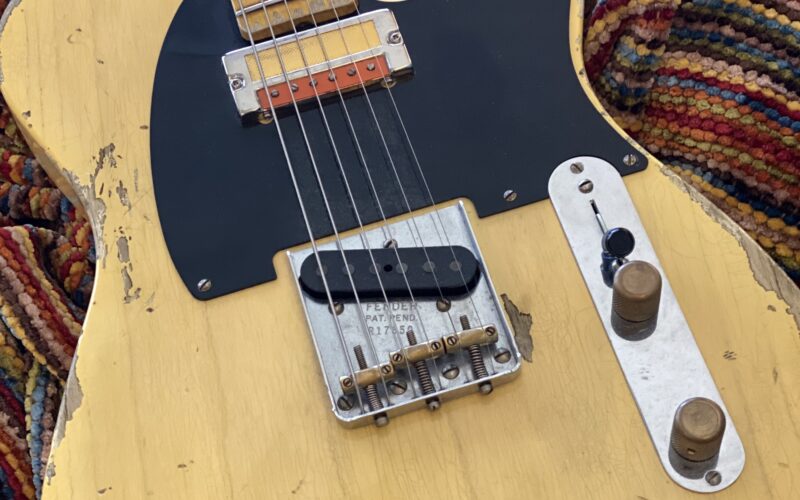Venturing into home recording can be an undoubtedly steep learning curve but both musically and financially it makes a lot of sense.
Any musician on a budget will know the feeling of not quite nailing a take or running into a creative dead end in a pro studio.
Every off-tempo beat, stray note or muddy performance represents more of the budget vanishing away and the closer you get to the end of that budget, the pressure seriously shoots up – suddenly there is the very real prospect of leaving the studio, several hundreds, or maybe even thousands of dollars lighter and with nothing decent in the can.
Unsurprisingly, that kind of pressure isn’t exactly conducive to creativity.
That’s why the advances over the past decade in both the quality and affordability of home recording is perhaps one of the most revolutionary moments in music history.
Having the ability to build a relatively low-budget, entry level home recording set-up is a game-changer, even for those musicians on the tightest of budgets.
Having the ability to improve your craft and grow as a musician without the pressure of budgets and time is incredibly freeing.
Small budget, big sounds
Starting off with your Digital Audio Workstation (DAW) if you run a Mac, there’s the free GarageBand or for Windows users, Pro Tools First. Don’t discount free DAW’s. Rihanna’s Umbrella, Nine Inch Nails The Hand That Feeds and Radiohead’s In Rainbows were all produced on GarageBand.
Likewise, your audio interface doesn’t have to break the bank. Think of your typical usage and go from there, for instance, FocusRite and M Audio produce a range of budget friendly, professional options.
Obviously, you can blow a fortune on microphones, but the standard of entry level microphones is astonishingly high now, even classics like the Shure SM58 dynamic are available for under $100 – if it was good enough for Springsteen and Zeppelin, you’ll be able to make it work!
You’ll also want a pair of decent cans to monitor back and you’ll want a pair that has good isolation. Audio Technica are always a good shout for cheap, good sounding headphones.
Aside from a mic stand, cabling and some acoustic treatment (which you can DIY), you’re pretty much set to go and only a few hundred dollars down.
The difference between this investment and spending on studio time is that this investment will stay with you and grow with you as your musical needs change.
A world of collaboration & inspiration
If you ask most musicians what are the main things that you miss by not being in a physical, professional studio, they’ll tell you that it’s the quality of the studio engineers and the ability to collaborate.
Thankfully, the digital world has blown that out of the water.
Know a drummer you’d like to work with or an amazing bass guitarist, if they are available for remote work, there’s now no reason to need that expense of flying them in or hiring a studio.
In fact, collaborating, seeking advice or utilising talented engineers is now easier than it’s ever been – if you can create at home, the world is your musical oyster!
The reality for up-and-coming musicians is that fans demand constant content that would be impossible in a pro studio without astronomical budgets. Building a home studio can deliver pro results without the hefty price tag and keep you creating on your own terms.










